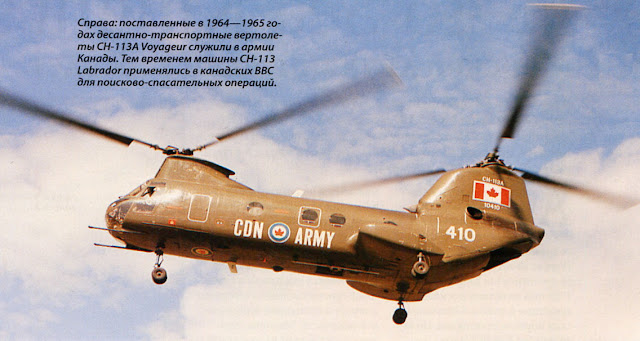Aft pylon - livery differences
While differences in the colour of red/orange used on the aft pylon are documented, some painting omissions are not. One area of note is the absence of red on the forward part of the aft pylon on Labradors as they were accepted into inventory. Additionally, there is a black strip painted on the front of the aft pylon’s clamshell doors as can be seen in some of the contained in this post. The third area of the aft pylon that received different treatment over the years was the black area on either side of the aft pylon that masked exhaust stains. To date the aircraft you have selected to model, it will be necessary to compare the combination of the flag, number series, number colour and other physical features previously discussed. A not so subtle reminder is that Labradors and Voyageurs, being operational aircraft did not follow predetermined maintenance schedules for modification and repainting as other aircraft might have so it is important to pay close attention to the resources you may have at hand.
 |
| Note the white portion at the front of the aft pylon, the narrow black strip aft of the exhaust and of course the exhaust stains on the white portion of what is the upper part of the aft cabin. |
.jpg) |
| On delivery from Boeing, note the different colour red, white portion at the front of the aft pylon, no black strip on the front of the clamshells, red ensign and narrow black exhaust strip. |
 |
| Even if I did not know the above picture and the one before it were taken in 1967, there is plenty to get a rough date of this helicopter. |
 |
| Like the very first picture in this post, this picture is taken while the airframe is at CEPE so paint wise is almost identical to how it looked when delivered to the RCAF. |
 |
| Good look at the black strip on the front of the clamshell doors. |
 |
| 402 Showing the small white area at the base of the clamshell doors and a full black exhaust area. |
 |
| Good look at the shape of the leading edge of the black exhaust area. The front area at the base of the clamshell doors is still white. Note RESCUE on right side, not SAUVETAGE. |
 |
| Note narrow black exhaust area, but also the area at the base of the clamshell doors is red, not white. |
 |
| Note the almost straight leading edge of the black exhaust area. |
 |
| Note the well rounded leading edge of the black exhaust area. |
 |
| The black exhaust area is clearly different in the above photo when compared with the same aircraft some years later. |
 |
| Two pictures immediately above from the same era sporting the same exhaust area. |
 |
| Pre SARCUP Labrador, note the exhaust area shape. |
 |
| It does not look as though this Voyageur has a black exhaust area? |
 |
| But here it clearly does? |
 |
| Compare the pattern of the black exhaust area with the Voyageur above with that of later versions and Labradors. In the others you will note that the black area wraps around the bottom of the tail. |
+-+Bill+Ewing+-+Rt+side+of+aft+pylon.JPG) |
| No exhaust area on the only airframe to use varigated camo. |
 |
| Note the black exhaust area wraps around the entire tail, something not seen on the ARMY Voyageurs. |
.jpg)














.jpg)

.jpg)




No comments:
Post a Comment